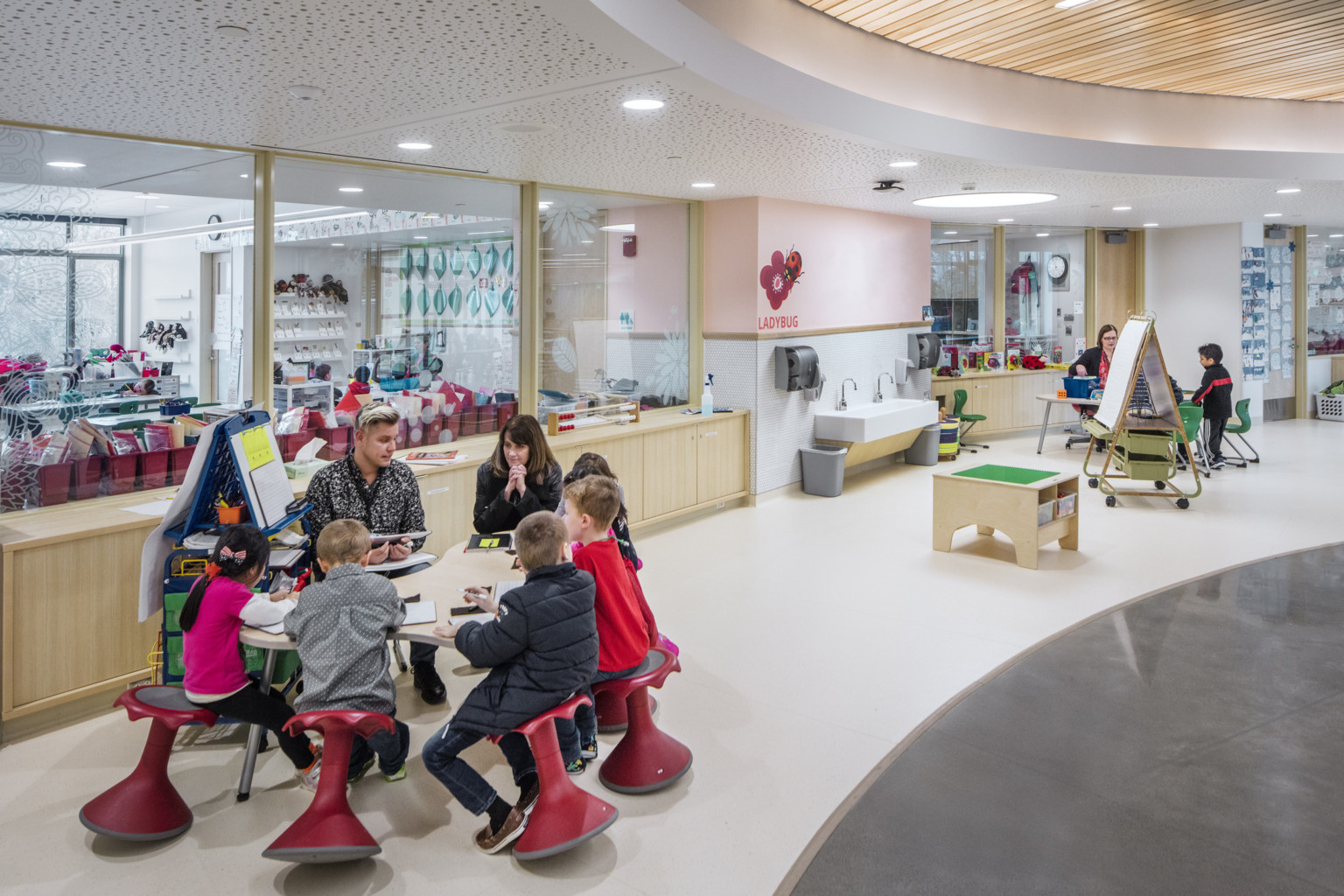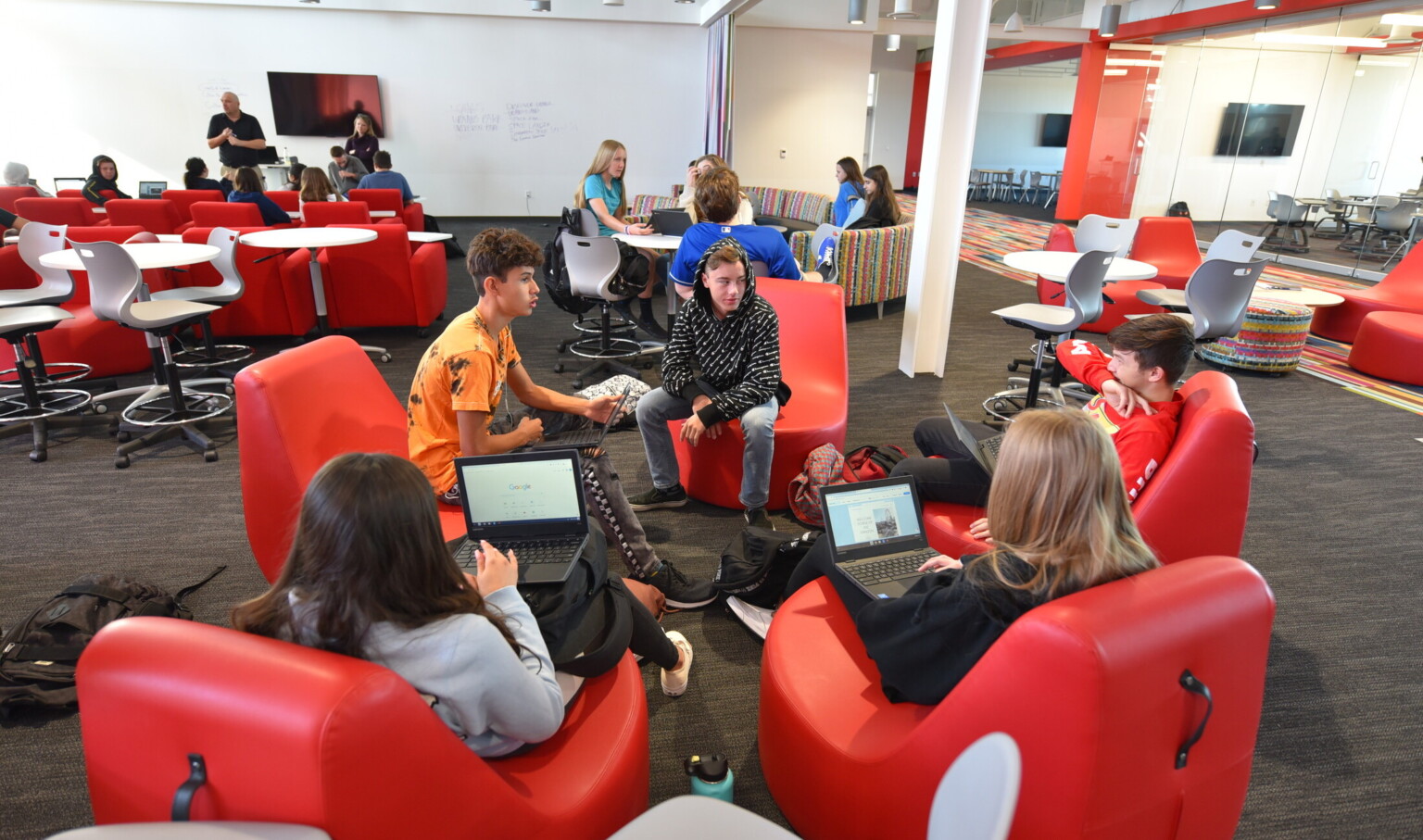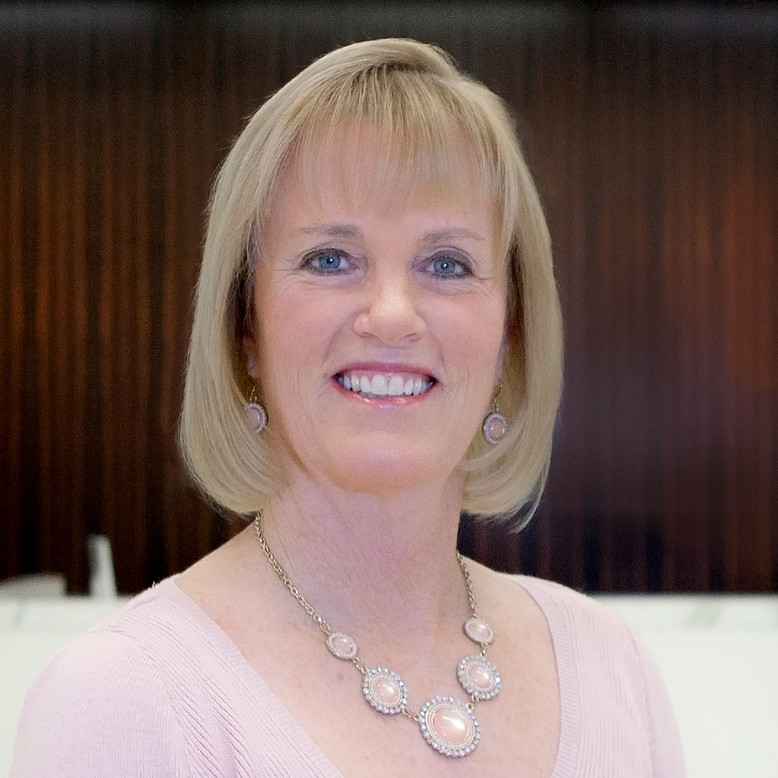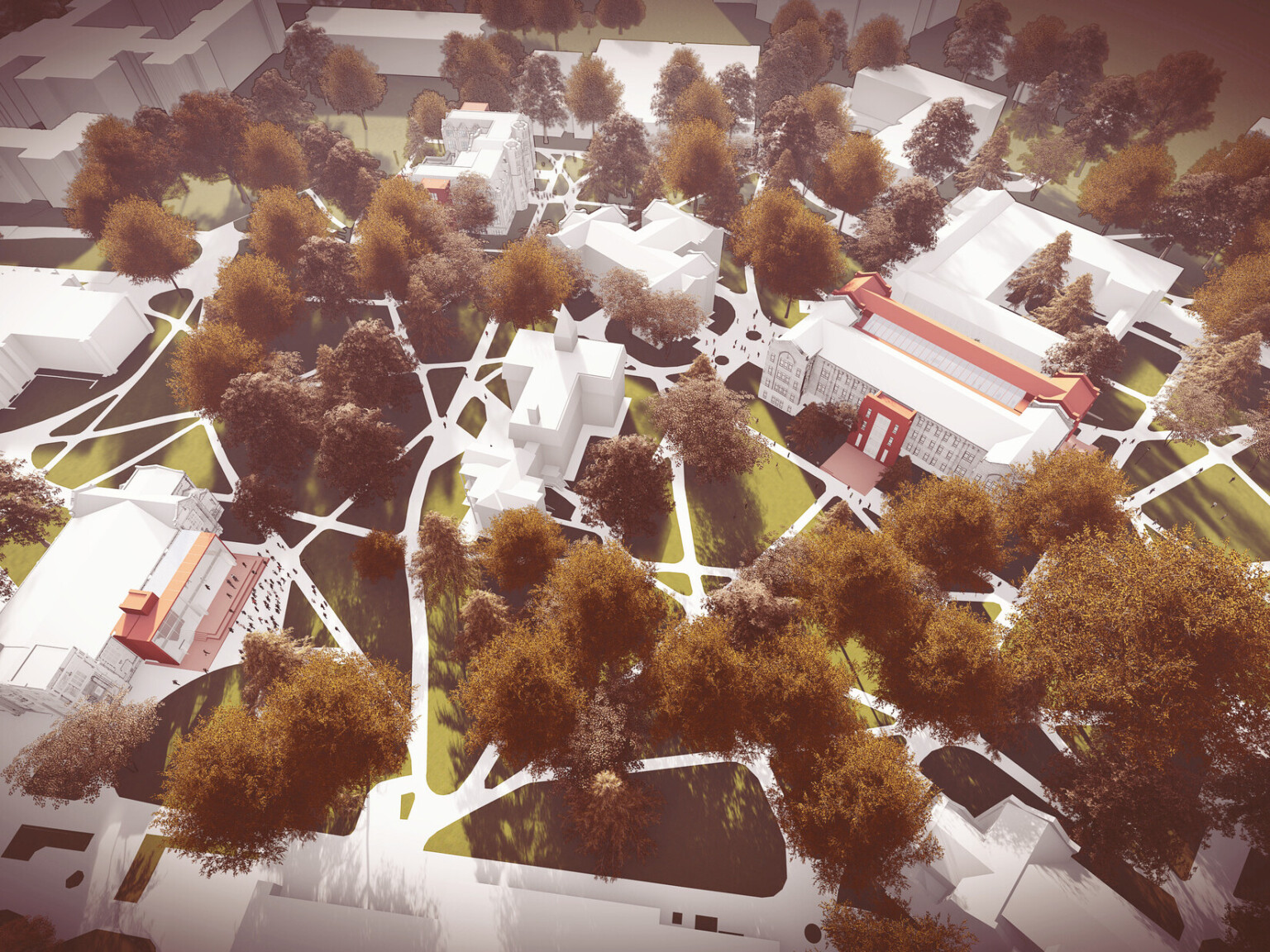
Embracing a Transformational Shift to Inquiry-Based Learning
The data we collected reflects that virtual learning is here to stay – to some degree – and that the flexibility and individualization it enables are appreciated by both learners and educators. However, school leaders and educators voiced concern regarding how they will adequately maintain socialization and authentic learning experiences in a virtual model. Many survey participants believe a hybrid or blended future is more realistic. With no guarantees that learners will return to the classroom full-time this fall, educators are exploring other delivery options that can be executed through various means, such as inquiry-based learning.

Transferring Responsibility from Educator to Learner
Inquiry-based education offers a methodology that does not rely solely on the educator being the lead in all learning. It is an active form of learning that begins with inquiry, problems, and scenarios. Learners identify, investigate, and research issues and respond to challenges or complex problems. In order to shift ownership of the learning, an inquiry-based approach is more successful when scaffolded so the practices are taught, supported, and empowered. By moving through the three levels of inquiry – structured, guided, and open – learners acquire the skills for personalized and individualized learning and are prepared for future success:
- Structured: In a structured environment, the learner follows the lead of the educator and the entire class engages in one structured lesson together.
- Guided: In a guided approach, the educator chooses the topic and essential question, while the learner has autonomy to design the product or solution.
- Open: In this case, the learner creates her own essential question with support from the educator, researches needed resources, orchestrates her learning evidence, and designs how she will demonstrate her learning.
A New Environment for Learning
This mode of learning offers varied levels of autonomy and independence and can be implemented anywhere – from brick and mortar settings to remote locations. Rather than imposing a strict linear progression through phases, inquiry-based learning supports learners as they weave through the facets of exploration. The actual environment where inquiry-based learning occurs is a key element in the success of the learner and must be one that motivates, inspires, and challenges individuals to achieve excellence. This environment can be divided in to four respective parts, including academic, physical, social and emotional, and community.
- Academic establishes high expectations and prepares learners for their future.
- Physical encourages engagement through flexible spaces, adaptable furniture, and current technology.
- Social and emotional provides a foundation for safe and positive learning, and the development of positive relationships.
- Community affords the opportunity to interact with other individuals who share common interests throughout the school, the surrounding community, and across the world.
A Catalyst for Change
While many people believe this pandemic to be a negative experience for academia, our survey data tells us otherwise. The pandemic can be viewed as the catalyst to change an entire K-12 education system through a transformational shift in the delivery of education – and further adoption of the adage that learning can happen anywhere.
School districts should be BOLD in their educational thinking post-pandemic, and we have the resources to help bridge the organization, learning, and design™. Inquiry-based learning may be a relatively new concept to many communities across the country, which is why school districts that opt to make the transition to inquiry-based learning in 2020 and beyond must invest in professional development to provide educators with the tools to authentically teach in a hybrid environment.
The current crisis presents an opportunity to positively impact learning, however, without a clear change process, teaching and learning behaviors may slip back to a pre-COVID-19 mindset. Research shows us that 70% of change efforts fail, specifically when an existing system is simply asked to change. We must do better for our young learners and future leaders. Be BOLD with us.
Learn more about the findings of our K-12 Education engagement survey.
This narrative was completed as part of the Rethinking K-12 Education research project.










